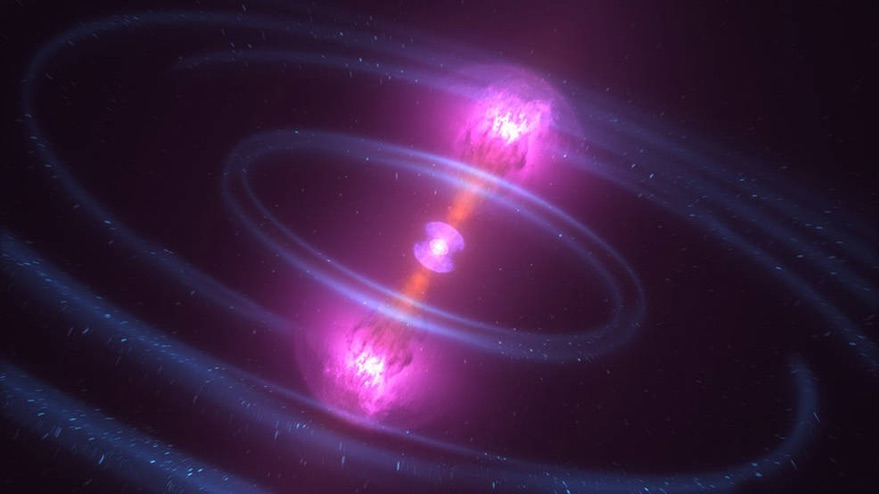WASHINGTON — NASA has selected four small astrophysics missions for further study, although the agency cautions that not all may ultimately be flown.
NASA announced Jan. 7 it selected three smallsat missions and one high-altitude balloon mission as the first in its new Astrophysics Pioneers program. The program, established last year, is intended to support small astrophysics missions, including smallsats and balloons as well as International Space Station payloads. The agency selected the four from 24 proposals it received in the fall.
“Each of the proposed experiments would do something no other NASA telescope or mission can do, filling important gaps in our understanding of the universe as a whole,” Thomas Zurbuchen, NASA associate administrator for science, said in a statement about the Astrophysics Pioneers selections. He praised the scientists who proposed the missions for applying “innovative, out-of-the-box thinking to the problem of how to do high-impact astrophysics experiments on a small budget.”
One selected smallsat, Aspera, will study galaxy evolution by observing hot gas between galaxies at ultraviolet wavelengths. A second, Pandora, will observe 20 stars known to have exoplanets at visible and infrared wavelengths. A third smallsat, StarBurst, will detect gamma rays from neutron star mergers, working in conjunction with gravitational wave observatories on the ground. The Payload for Ultrahigh Energy Observations (PUEO) is a balloon-borne instrument that will measure ultrahigh energy neutrinos from neutron star mergers and the creation of black holes.
Each mission has a cost cap of $20 million, which puts them near the bottom of what Paul Hertz, director of NASA’s astrophysics division, described at a Jan. 8 meeting of several astrophysics advisory groups as a “logarithmically spaced” set of mission classes that range from $5 million cubesats to flagship missions costing billions of dollars. Astrophysics Pioneers is intended to accommodate missions too large to fit into the cubesat program but don’t require the size, and complexity, of larger satellite programs, like Explorer.
The four missions received funding for six-month concept reviews, after which they will undergo what Hertz called “gateway” reviews. “They’re not in competition with each other, but they are in competition with their $20 million cost cap,” he said.
Hertz said he expected, based on experience with previous NASA smallsat missions, one or more of the Astrophysics Pioneers concepts won’t be able to fit into that cost cap. “It’s really hard to keep these small missions in their small cost boxes,” he said. “We think it’s likely that some of these missions may not make it through that gate.”
By selecting four, he said, it’s likely at least one or two will make it through the gateway review and be approved by NASA for full development. “We’ll get better at being able to predict the cost of smallsats as we go along,” he said.
Should all four missions pass that gateway review, NASA would face another challenge. “We did not budget for all four to go to flight,” Hertz said, based on the assumption some would not pass. “If we’re wrong, we’ll try to find the money” to fly all four.
